Coalport is renowned for producing high quality tableware, figurines and commemorative pieces that has captured the hearts of both casual appreciators and hardcore collectors alike for over 200 years. If you’re a collector or simply curious about these exquisite pieces, it’s good to understand how to identify Coalport China markings and backstamps. In this guide, we’ll look into the fascinating world of Coalport pottery and help you start to recognise some of their most distinctive markings.
A Brief History of Coalport China
The Coalport China Works was founded by John Rose in 1795 in Coalport, Shropshire. Seemingly, Coalport was named Coalport because of the coal that was transferred from canal boats to river vessels in the Coalbrook Dale area. The Coalport porcelain factory was the first factory to be established in the Ironbridge Gorge, and the original factory buildings today house the Coalport China Museum.
Over the years, it gained a reputation for its high-quality porcelain, including dinnerware, decorative pieces, and more. Coalport has produced an array of exquisite patterns and designs since its inception, making it a sought-after brand for avid collectors.
The world of Coalport pottery is rich and diverse, so don’t be discouraged if you encounter variations in backstamps and marks. The beauty of these pieces lies not just in their aesthetic appeal but also in the stories and history they carry with them.
How to Identify Coalport China Markings
Please note that early pre-1805 porcelains were unmarked, and that maker’s marks were rarely used before 1820.

This is an example of one of several printed Coalport marks from 1830-50 that incorporates the name ‘John Rose & Co’ or ‘J.Rose & Co’. Many printed backstamps also incorporate the initials ‘J R & Co’ or ‘I R & Co’.
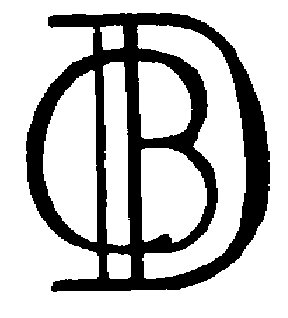
This painted or gilt monogram mark was used from 1851-61.
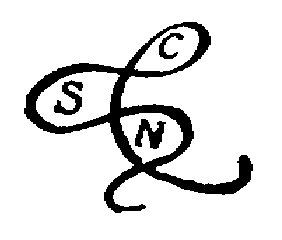
This printed or gilt ‘ampersand’ Coalport mark was in circulation from 1861-1875. The name ‘Coalport’ rarely appears with this mark.
COALPORT AD 1750
From 1875-81, this plain printed or painted letter mark was used.
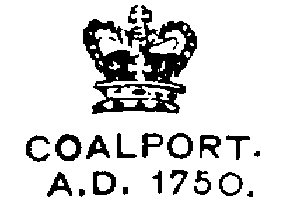
This was the standard printed Coalport backstamp from 1881 to around 1939. ‘England’ was added to the mark around 1891, and ‘Made in England’ replaced ‘England’ from about 1920.

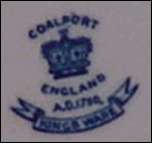
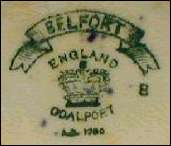
These are some examples of standard Coalport marks that include the word ‘England’ from around 1891. Sometimes the name of the pattern is also included.
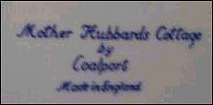
Despite the specific date being unknown, we can surmise that the inclusion of ‘Made in England’ on the backstamp of this cottage ornament dates it to post-1920.
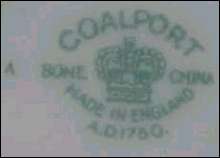
This is an example of post-war printed Coalport mark. The company moved from Coalport to Stoke in 1926, and continues to the present day as part of the Wedgwood Group.
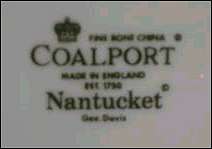
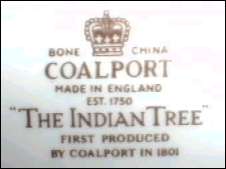
Some examples of more modern Coalport backstamps.
Image credit: thepotteries.org
How to Sell Coalport Pottery at Auction
At Potteries Auctions, we can identify and provide valuations on a wide range of Coalport pieces. Our team can help value your collection, turn you into a collector or advise on how much your Coalport China could be worth.
Please get in touch with us if you’re looking for an expert evaluation and are seeking to sell your Coalport pottery. Free valuation days are held every Tuesday at our Silverdale saleroom – to book an appointment, use our online booking form here. You can also email us at enquiries@potteriesauctions.com or call us on +44 (0)1782 638100. Valuations can even be provided via WhatsApp – simply send some clear images of your items via the app to 07864 667940.
